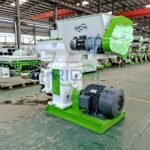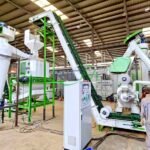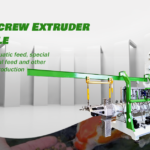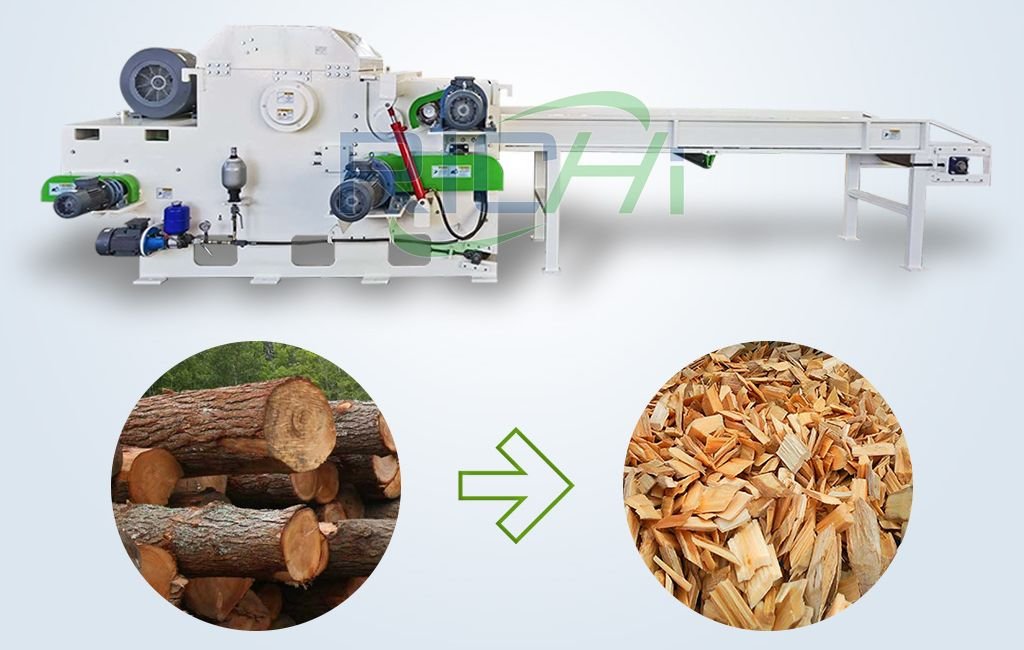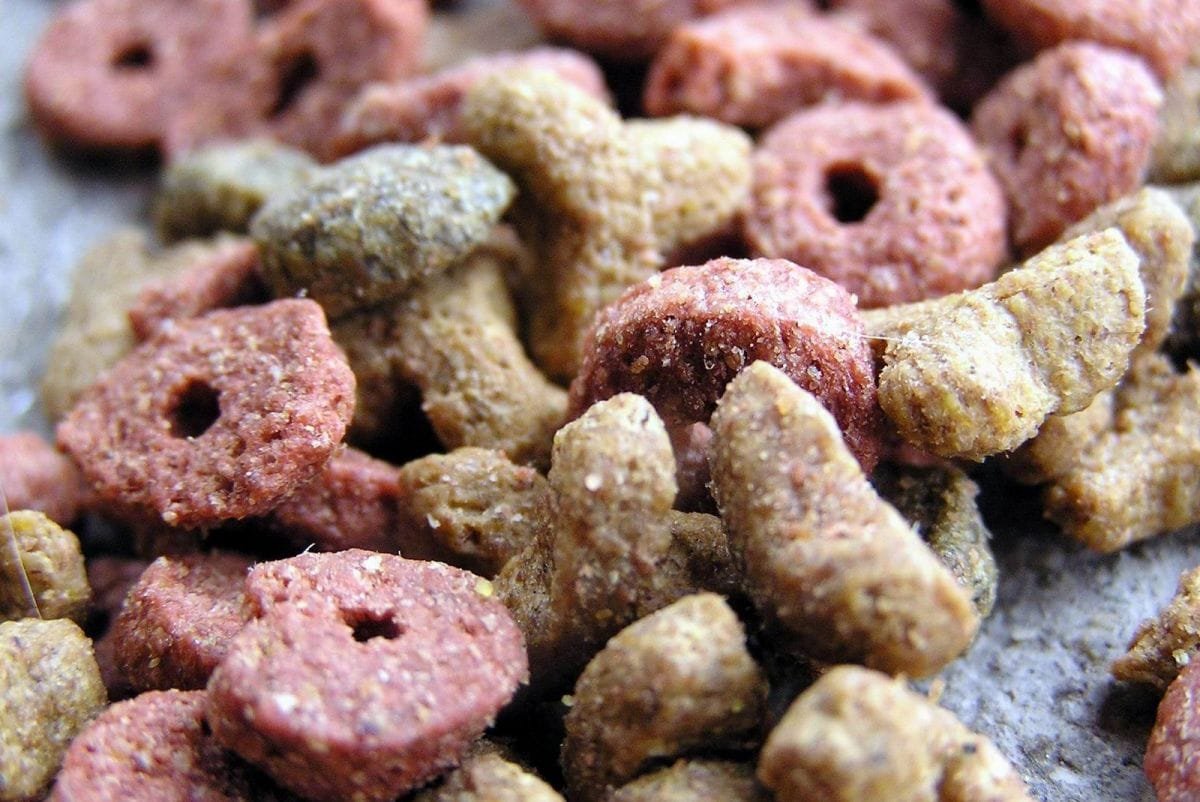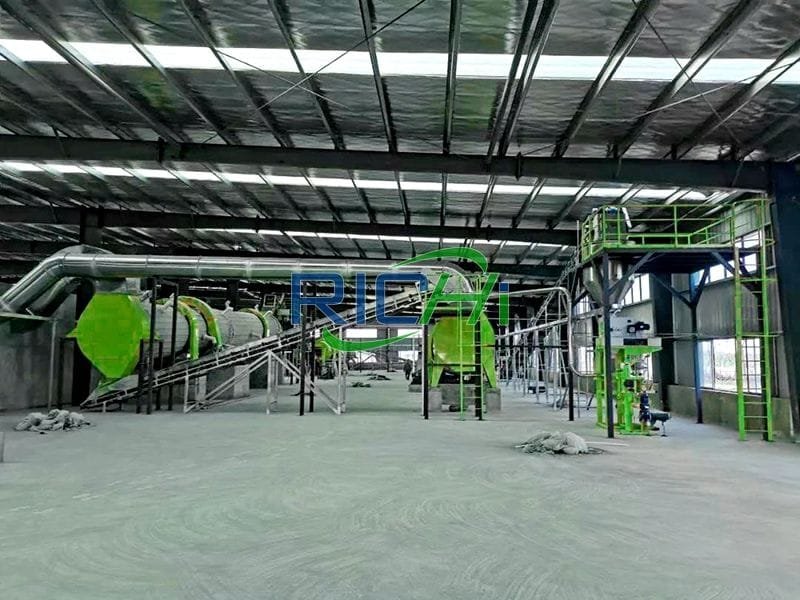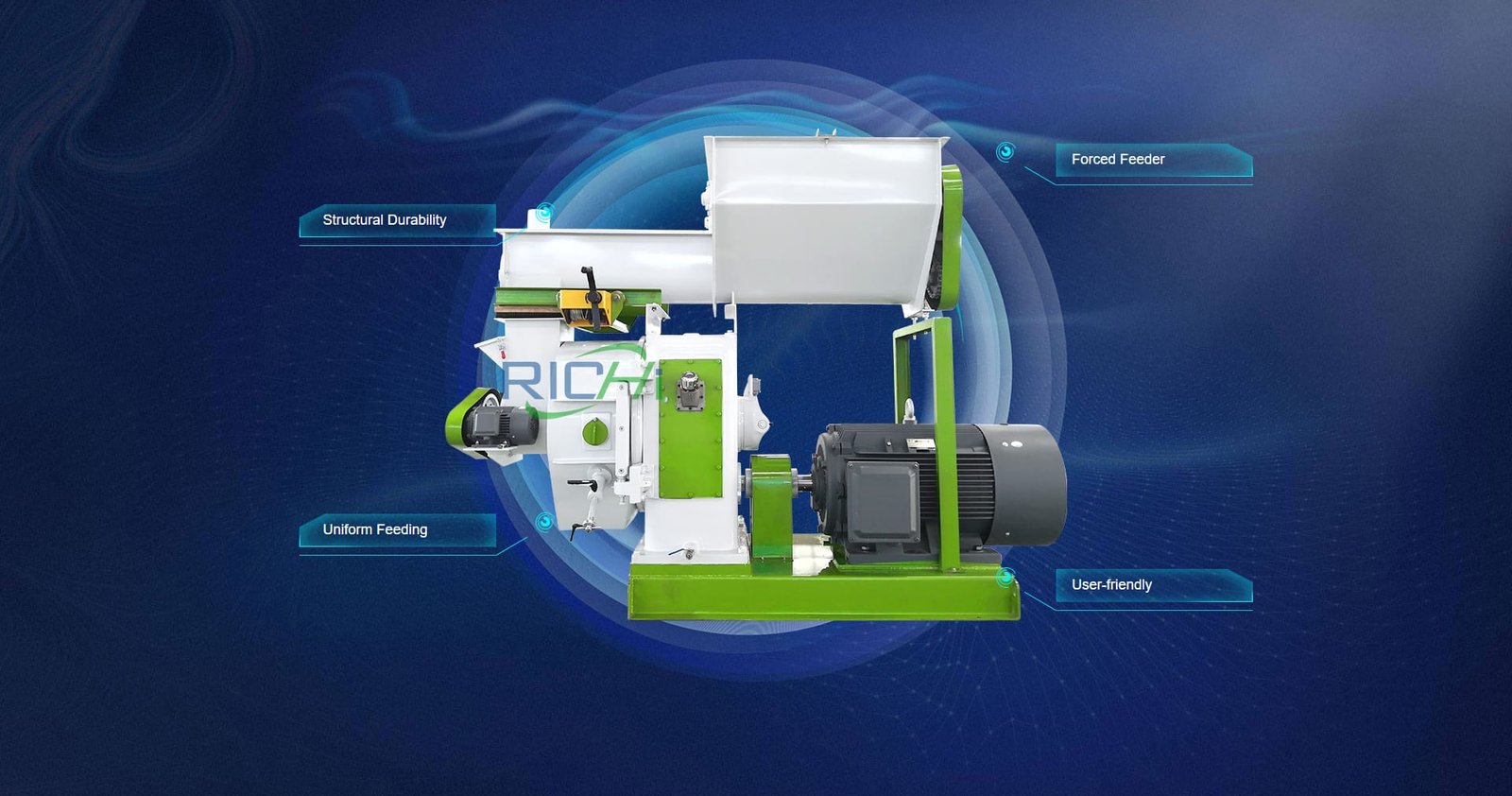Wood chipper machines are essential tools in various industries, from forestry and landscaping to biomass production and waste management. These machines are designed to process wood and other organic materials into smaller, more manageable pieces. One of the critical aspects of their functionality is their ability to reduce raw materials to specific sizes. This article explores how wood chipper machines achieve this, the factors influencing the size of the output, and the applications of different chip sizes.
Understanding Wood Chipper Machines
Wood chipper machines come in various types and sizes, each designed for specific applications. The main types include:
- Disk Chippers: These use a large, rotating disk with blades to cut wood into chips. They are suitable for processing smaller branches and twigs.
- Drum Chippers: Featuring a rotating drum with blades, these are more powerful and can handle larger logs and branches.
- Screw Chippers: These use a large screw to pull in and chip wood material, often used for specific industrial applications.
Each type of chipper has its unique mechanism for reducing the size of the input material, and the choice of chipper depends on the specific requirements of the task.
Related post: hammer mill for wood pellets
Size Reduction Capabilities
The size to which a wood chipper can reduce raw materials depends on several factors:
- Blade Configuration and Sharpness
- The configuration and sharpness of the blades play a crucial role in determining the size of the output chips. Sharper blades and specific configurations can produce finer chips.
- Regular maintenance and sharpening of blades ensure consistent chip size and quality.
- Feed Rate and Speed
- The rate at which material is fed into the chipper and the speed of the rotating blades or drum affect the size of the chips. Slower feed rates and higher speeds typically result in smaller chips.
- Adjustable feed rates allow operators to control the size of the output material.
- Screen Size
- Many wood chippers are equipped with screens that determine the maximum size of the output chips. Material that is too large to pass through the screen is recirculated until it is reduced to the desired size.
- Screens with smaller openings produce finer chips, while larger openings result in coarser chips.
- Material Characteristics
- The type of wood and its moisture content also influence the size of the chips. Softer woods and materials with higher moisture content are easier to chip into smaller sizes.
- Hardwoods may require more powerful chippers or specific blade configurations to achieve the desired chip size.
Typical Output Sizes
Wood chipper machines can produce chips in various sizes, typically ranging from fine sawdust to larger wood chunks. Here are some common output sizes and their applications:
- Fine Sawdust (1-5 mm)
- Applications: Biomass pellets, animal bedding, mulch, and compost.
- Example: The wood crusher from Biopellet Machine can produce sawdust with particle sizes ranging from 3-5 mm, suitable for bio-pelletizing directly.
- Small Wood Chips (5-20 mm)
- Applications: Wood pellets, garden mulch, and fuel for biomass energy production.
- Example: Drum chippers can efficiently produce small wood chips suitable for various industrial uses.
- Medium Wood Chips (20-50 mm)
- Applications: Playground surfacing, landscaping, and as a raw material for particleboard production.
- Example: Larger drum chippers and industrial-grade disk chippers can handle logs and produce medium-sized chips.
- Large Wood Chunks (50 mm and above)
- Applications: Erosion control, large-scale biomass energy production, and as feedstock for further processing in sawmills.
- Example: Heavy-duty drum chippers can process large logs and produce sizable wood chunks for specific applications.
Factors Influencing Chip Size Selection
The choice of chip size depends on the intended use of the material and the requirements of the processing equipment. Key factors to consider include:
- End-Use Application
- Different applications require specific chip sizes. For example, fine sawdust is ideal for pellet production, while larger chips are suitable for landscaping and erosion control.
- Processing Equipment
- The capabilities of downstream processing equipment, such as pellet mills or biomass boilers, influence the preferred chip size. Equipment designed for fine materials may not handle larger chips efficiently.
- Material Type
- The type of wood and its properties, such as hardness and moisture content, affect the choice of chip size. Softer woods and high-moisture materials are easier to reduce to finer sizes.
- Operational Efficiency
- The efficiency of the chipping process and the desired throughput also play a role. Smaller chips may require more processing time and energy, impacting overall efficiency.
Case Study: ThoYu Machinery
ThoYu Machinery offers high-quality chipper machines designed to optimize the drying process and produce chips of specific sizes. Their sawdust rotary drum drying machine can handle various wood types and production sizes, ensuring the output meets specific application requirements. The company also provides customizable solutions to cater to different customer needs, highlighting the versatility of their equipment in producing chips of varying sizes.
Conclusion
Wood chipper machines are versatile tools capable of reducing raw materials to a wide range of sizes, from fine sawdust to large wood chunks. The size of the output chips depends on several factors, including blade configuration, feed rate, screen size, and material characteristics. By selecting the appropriate chipper and optimizing its settings, operators can produce chips that meet the specific requirements of various applications.
Whether for biomass pellet production, landscaping, or industrial processing, understanding the capabilities and limitations of wood chipper machines is crucial for achieving the desired chip size and quality. Companies like ThoYu Machinery and Biopellet Machine offer advanced chipping solutions that cater to diverse needs, ensuring efficient and effective size reduction for a wide range of materials.
For details please contact: wood pellet maker
WhatsApp:86 138 3838 9622
Email:enquiry@richipelletmachine.com


